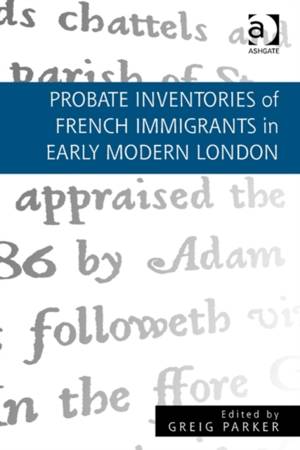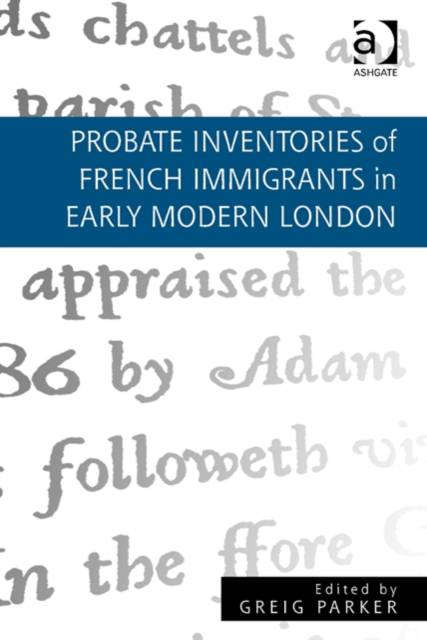
- Afhalen na 1 uur in een winkel met voorraad
- Gratis thuislevering in België vanaf € 30
- Ruim aanbod met 7 miljoen producten
- Afhalen na 1 uur in een winkel met voorraad
- Gratis thuislevering in België vanaf € 30
- Ruim aanbod met 7 miljoen producten
Zoeken
€ 195,95
+ 391 punten
Omschrijving
Probate inventories provide an unparalleled and intimate glimpse into the lives of the inhabitants of early modern England. After death, the items within the deceased's home would frequently be itemised and valued room-by-room. As well as providing invaluable information about the rich diversity and value of domestic material culture, the inventories also offer insights into the different tastes, domestic arrangements and range of activities that took place within the early modern home. Inventories also enable scholars to reconstruct the informal social and business networks that are crucial for understanding this period, but which might otherwise remain hidden. By offering a critical introduction to the use of probate inventories for historical research, and by providing transcriptions of inventories from French immigrants to early modern London, this book provides a new and important resource for students and researchers interested in the early modern household, material culture studies, and the domestic lives of the Huguenot refugees. The book begins with a detailed introduction that provides historical background on the French immigrant community in London. This is followed by an original analysis of the key differences that existed between French and English domestic interiors during this period, along with a discussion of how these trends are visible within the included inventories. The book subsequently provides a critical discussion of the issues and challenges involved in studying probate inventories and the difficulties in their interpretation. Following a description of the methodology used for the current study and the general characteristics of the sample included, the volume provides transcriptions of ninety-two probate inventories from members of London's Huguenot community. In addition, the book contains a fully referenced historical glossary of the items of early modern material culture listed within the inventories. Taken together, the book ha
Specificaties
Betrokkenen
- Auteur(s):
- Uitgeverij:
Inhoud
- Aantal bladzijden:
- 348
- Taal:
- Engels
Eigenschappen
- Productcode (EAN):
- 9781472420855
- Verschijningsdatum:
- 12/06/2014
- Uitvoering:
- Hardcover
- Formaat:
- Genaaid
- Afmetingen:
- 155 mm x 234 mm
- Gewicht:
- 639 g

Alleen bij Standaard Boekhandel
+ 391 punten op je klantenkaart van Standaard Boekhandel
Beoordelingen
We publiceren alleen reviews die voldoen aan de voorwaarden voor reviews. Bekijk onze voorwaarden voor reviews.











